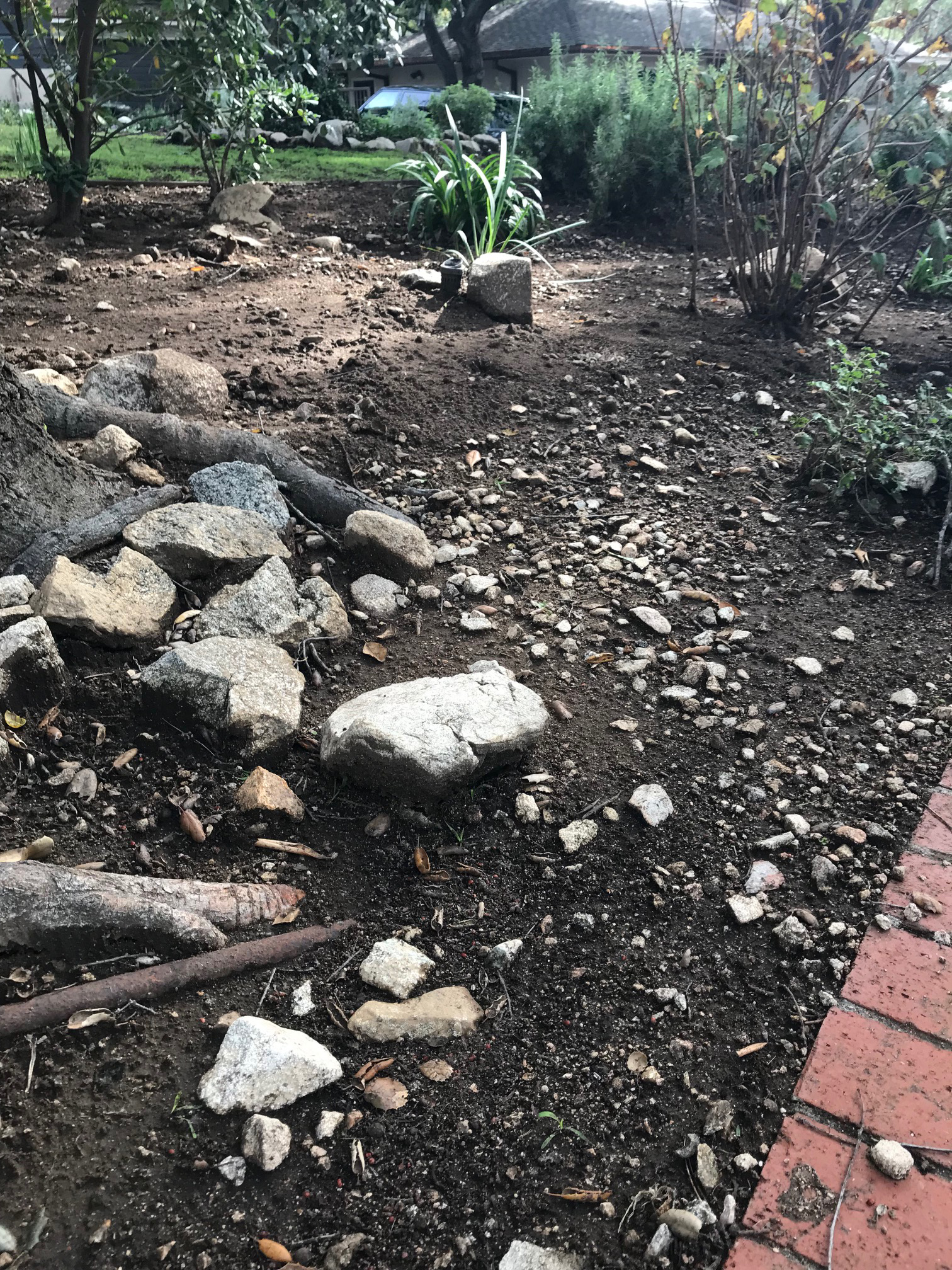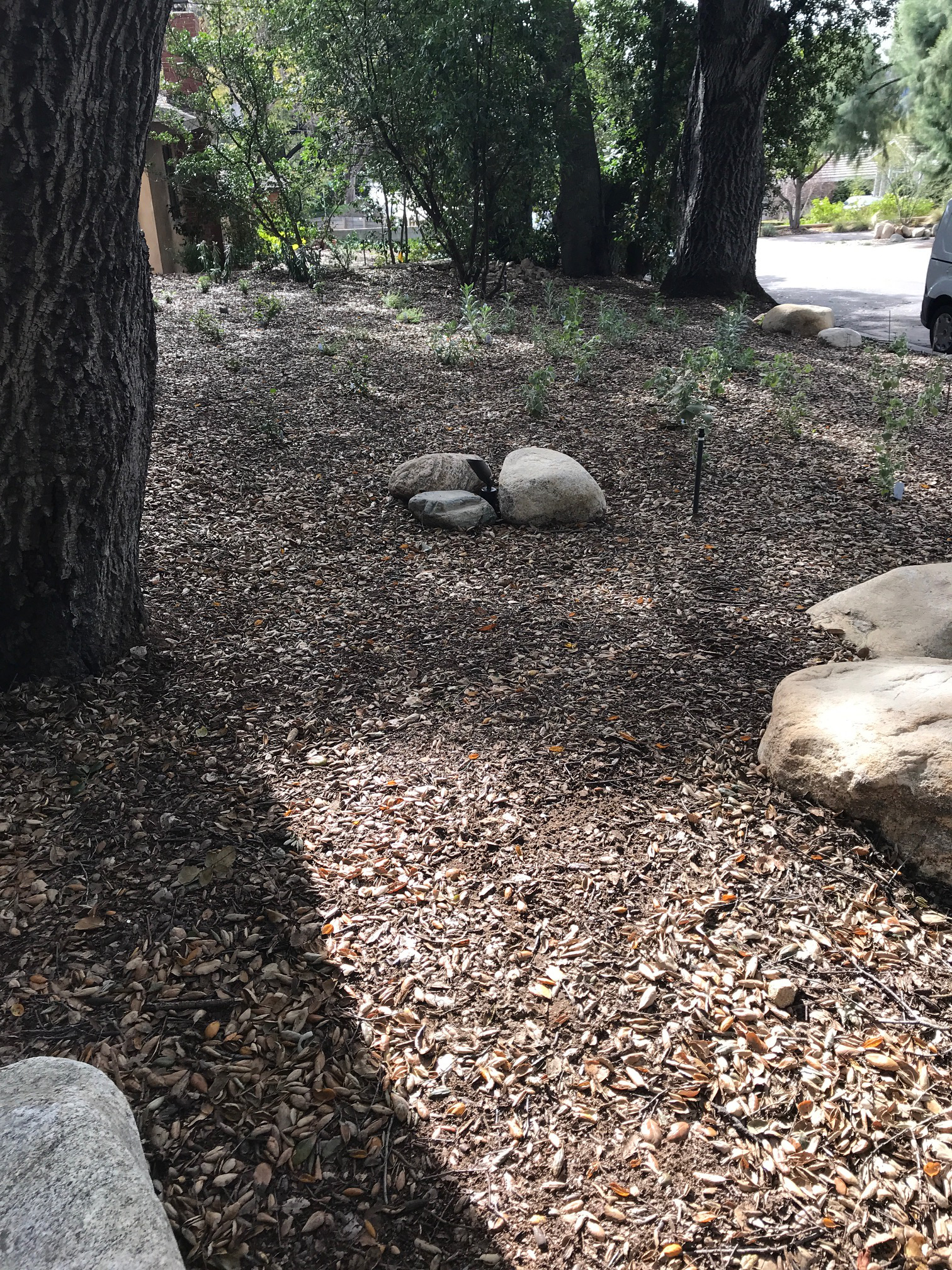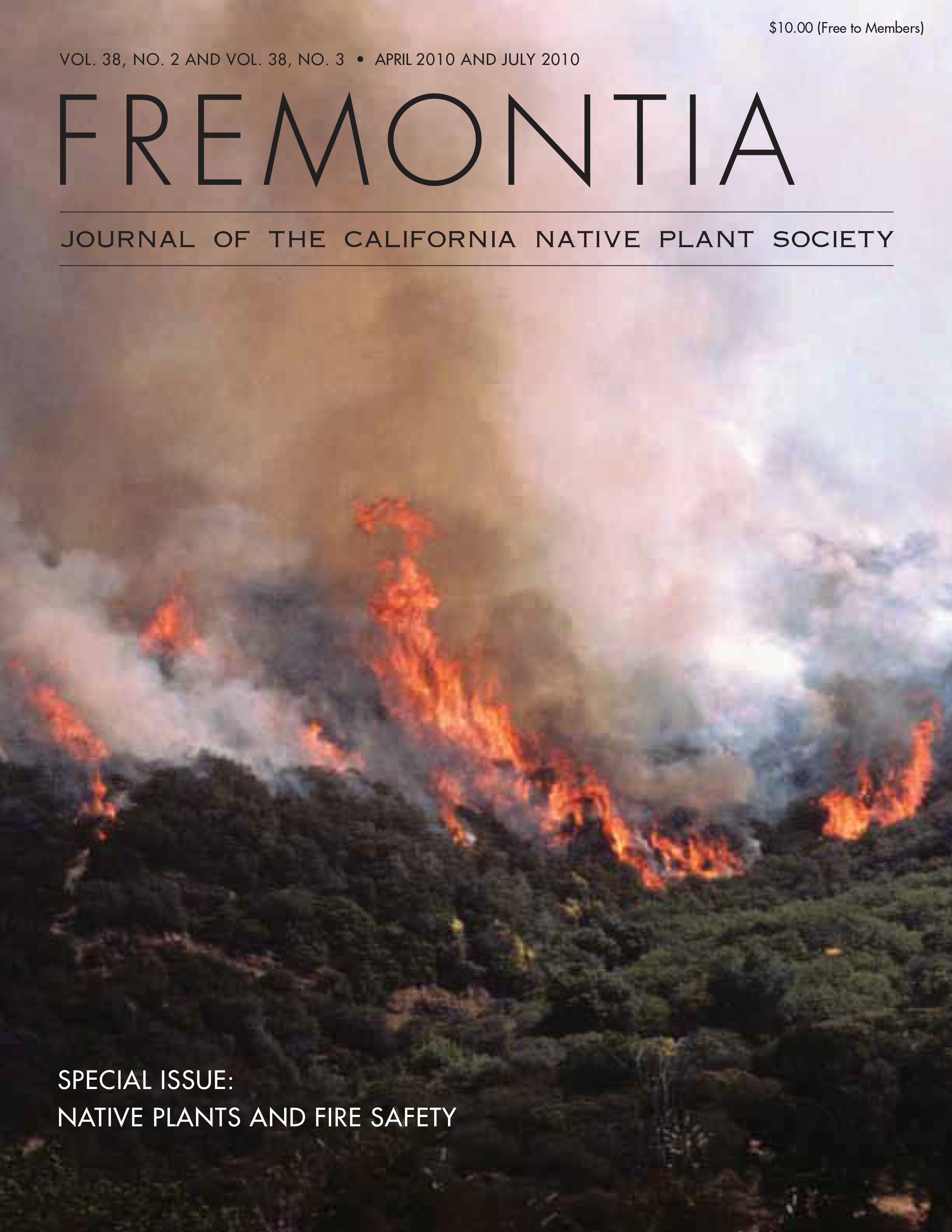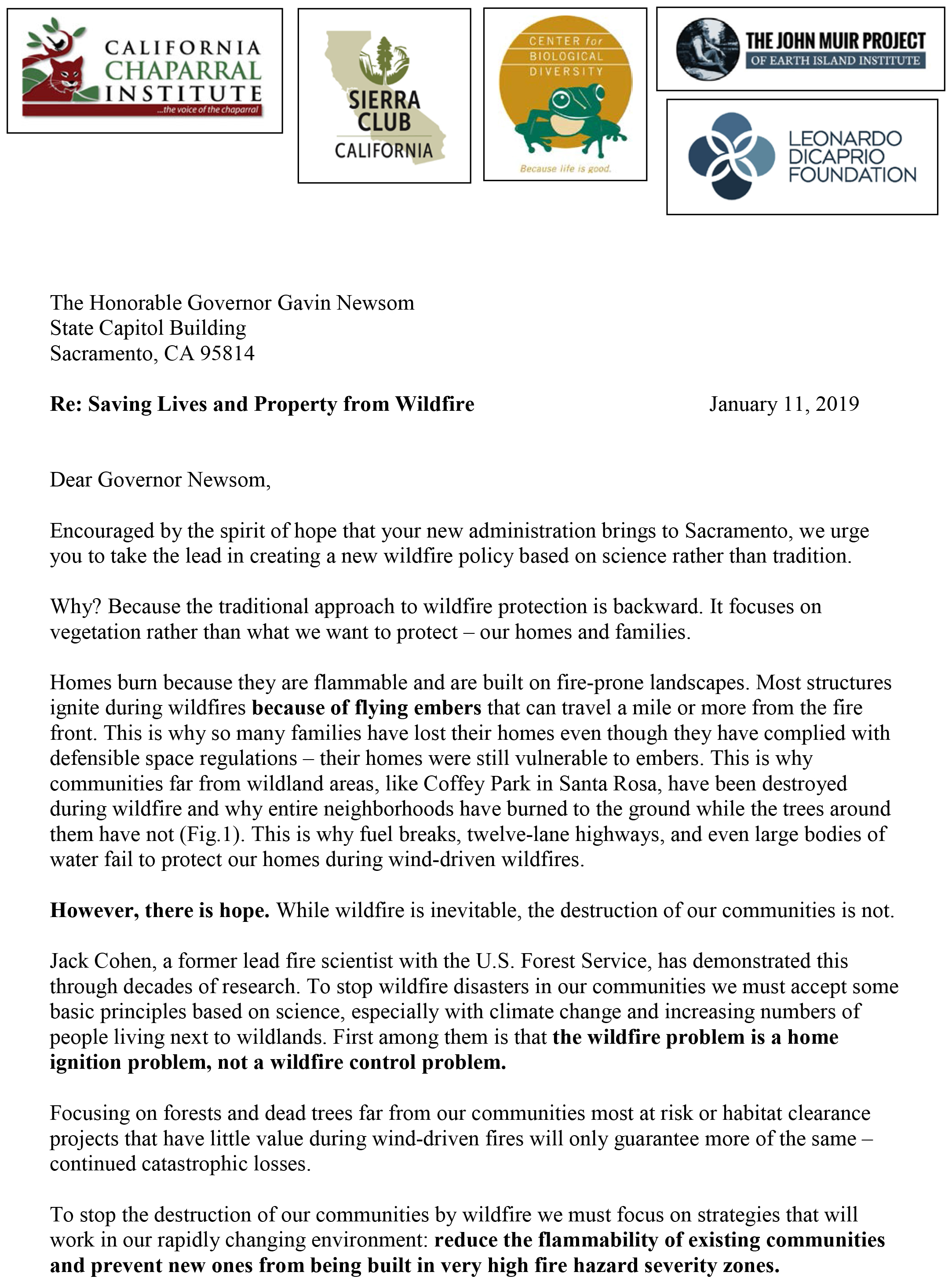by Rebecca Latta
ISA Certified Arborist #WE4264A
True, the words “mulch” and “leaf litter” don’t sound very pretty, not like something you’d want to feature in a beautiful garden. But let’s take a look at litter, specifically leaf litter, one of many kinds of mulch. Sure, you might not want leaf litter to be center stage, but in fact, it’s the key to happy gardens.
Mulch, Glorious Mulch
Mulch is a many-splendored garden component. Mulching with leaf litter and other garden trimmings protects soil and plant roots from heat, conserves water, reduces erosion, encourages soil microbial activity, suppresses weeds, curbs pathogens and pests, improves soil structure, feeds your plants, provides homes for helpful wildlife such as earthworms, protects seedlings and sprouting flower seeds and saves money. That’s a pretty powerful list of positives for your garden.
Don’t Blow Away a Garden Asset
Think of mulch and leaf litter as so much free fertilizer, free shade cloth, free wetting agents for dry soil, and a free discount on your water bill. Blowing leaf litter and garden trimmings out of garden beds, then throwing them in trash or green bin is like sweeping dollars into the garbage. Valuable topsoil disappears after years of blowing leaves from garden beds and from under trees, leading to areas of bare rocky soil that make it hard for plants to thrive, since they are robbed of nutrients and water-retaining cover.

This barren rocky soil condition was caused by blowing leaf litter
from garden beds, leading to topsoil depletion.
No More “Mow, Blow and Go”
It’s up to you to remind gardeners to keep dropped leaves in planter beds, and to use blowers on paved surfaces only: patios, roofs, rain gutters, walkways and driveways. If you or your gardening crew uses a leaf blower for more than 15 minutes, you’re probably blowing away key components of your healthy garden—your topsoil and mulch.
Also consider how community-minded homeowners can reduce the flow of green waste and cut down on the tens of thousands of truck trips required to haul garden trimmings to disposal sites. The benefits are many: reduced air pollution, less traffic and less noise too.
How to Mulch
Help protect and provide food for new plants by making mulch from your own garden trimmings. Many of us have embraced new planting strategies to counter Southern California’s persistent climate change and drought conditions. As you phase out your old heat-and drought-sensitive plants, chip and spread them. Apply mulch 4 inches deep around trees, shrubs and over bare areas where topsoil has been depleted. Avoid piling mulch around shrub and tree crowns. Or create and maintain a compost area in your yard to provide garden beds throughout your property with a steady supply of rich composted soil. Easy instructions on how to make compost are available online. Apply compost to garden and vegetable beds, and mix into the soil with a shovel before planting seeds or seedlings. What’s the difference between mulch and compost? Mulch is a protective, permeable topper of organic material. Compost is organic material that has been piled and turned in order to allow it to break down naturally, and is then mixed into garden soil to enrich and improve it.
You can also buy mulch from a supplier, but check for the possibility of imported pests and diseases from commercially available mulch. Better to make your own mulch on-site if it’s possible. If pathogens are a concern, let mulch materials age before applying.
Do’s and Don’ts
Don’t use rocks or inorganics such as plastic or rubber chips, plastic sheeting (so-called “weed barrier”), glass or non-woven geotextiles, which retain heat: roots need to stay cool. These inorganics are made of materials that were never alive and will not break down over time. Also, avoid installing artificial lawn, which can retain heat and suffocate roots. Organic mulches include formerly living material such as chopped leaves, straw, grass clippings, compost, wood chips, shredded bark, sawdust and pine needles. Both mulch types discourage weeds, but organic mulches also improve the soil as they decompose. Avoid organic mulches that contain red dye, which adds no beneficial attributes and looks unnatural.
Proper mulching requires good irrigation strategies. In general, apply mulch when the soil is moist. In areas with frequent, shallow irrigations, mulches can actually impede moisture penetration to dry, underlying soil. It’s better to water less frequently, and more deeply, so that underlying soils can retain moisture. Coarse-textured mulches such as wood chips and bark promote better permeability and water retention than fine-textured ones such as sawdust. Add new mulch on a regular basis as it decomposes, keeping it to its 4” depth.
A New Take on Garden Beauty
To me a lush carpet of pine needles or spongy grass is more welcome than the most luxurious Persian rug. —Helen Keller
A tidy green lawn is appealing to many people, and that’s certainly possible to enjoy within my guidelines above. No need to blow the lawn, just pick up fallen leaves with a rake or mower, then compost them in an inconspicuous corner of your property.

This is the proper setting for native oaks: leaf mulch, or “duff”
composed of the oak’s own dropped leaves.
Once we get used to appreciating the benefits of mulch, we might start seeing it in a different light. Could it be that “leaf litter” can look okay, even cool? Golden elm leaves scattered under a fall tree can be a strikingly beautiful reminder of the changing season. Bright pink bougainvillea bracts (the specialized leaves surrounding the minuscule white bougainvillea flower) give a casual grace to a patio and float beautifully in a fountain. Another example: majestic oaks in their native habitat prefer a surround of their own leaf litter.
If we can at last accept the kind of garden that our plants prefer, it’s easier to envision them as beautiful in their proper setting. An oak tree stranded in a manicured lawn—where it is subject to overwatering, fungal disease, damage from mowers and other hazards—might not be so beautiful after all.


